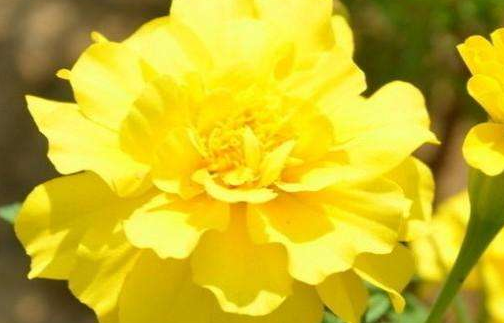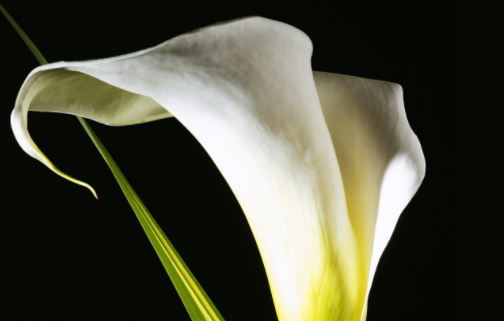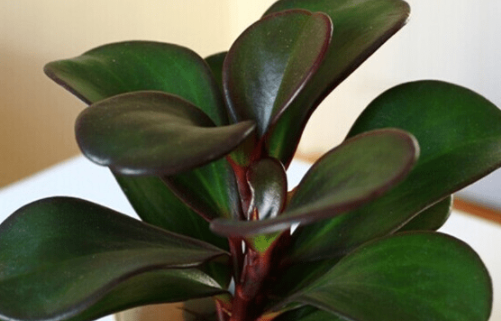How to raise peacock grass
Light
Peacock grass is a plant that likes light, and it needs plenty of sunlight when raising it. Generally, it can meet the light demand of peacock grass in spring and autumn, but we should pay attention to avoid direct sunlight in hot summer and shade at noon, but not too much shade, otherwise the plant will grow too much and affect the ornamental quality of the plant.

Temperature
Basically, malachite grass can grow well between 10 ℃ and 30 ℃, and several points that need to be noted are: the temperature in winter should be kept above 5 ℃, so that it is not easy to produce frost injury; before flowering, the temperature had better be kept between 12 ℃ and 15 ℃; during daily maintenance, the temperature had better be kept below 20 ℃ or 20 ℃.
Water and fertilizer
Water and fertilizer are very important to peacock grass. When watering, you need to make sure that the soil is dry before, and then fully water, but be careful not to be too dry. Fertilization is usually applied once every 10 days, but it needs to be reduced in the low temperature season in winter. Generally speaking, some base fertilizer should be applied first when planting, and topdressing is needed if the soil fertility is not enough.
The above is the introduction of how to raise malachite grass. Let's take a look at what else we should pay attention to.
How to raise malachite grass culture methods and matters needing attention
Peacock grass is a kind of herb introduced from abroad in our country. It takes flowers as ornamental. Generally speaking, orange is the most common flower, and its florescence is in summer every year. Now many people like to cultivate it, but before breeding, it is necessary to master some breeding skills in advance, otherwise it may lead to the poor growth of cultured peacock grass.
How to raise peacock grass
1. Malachite likes places with plenty of sunshine, and the suitable growth temperature is about 20 ℃. When breeding, we should pay attention to provide enough light time to facilitate flowering.
2. Malachite grass is relatively cold-resistant, and it will not freeze to death when the air temperature is not lower than 6 ℃, so it is not necessary to pay special attention to the temperature.
3. Watering malachite grass should be careful not to have stagnant water. Every time you water thoroughly, keep the soil moist and dry, not too wet, otherwise it will affect the growth of malachite grass.
4. When breeding peacock grass, an appropriate amount of compound fertilizer can be added to the soil, and when growing in the later stage, it is found that the fertilizer is not enough to increase fertilizer.
5. It is relatively easy to breed malachite grass, and there will not be too many diseases and insect pests, but moth larvae may eat the leaves when they are young, and spray them in time when they are found.
6. The propagation of malachite depends on seeds. After each flower matures, it will produce a lot of seeds. If it is planted in the soil next spring, it will grow.
Culture methods of malachite grass
1. Light. Peacock grass is a plant that likes light, and it needs plenty of sunlight when raising it. Generally in spring and autumn can meet the needs of peacock grass for light, but should pay attention to avoid direct sunlight in hot summer, but also shade at noon, but do not over-shade.
2. Temperature. Basically, malachite grass can grow well between 10 ℃ and 30 ℃, and several points that need to be noted are: the temperature in winter should be kept above 5 ℃, so that it is not easy to produce frost injury; before flowering, the temperature had better be kept between 12 ℃ and 15 ℃; during daily maintenance, the temperature had better be kept below 20 ℃ or 20 ℃.
3. Water and fertilizer: water and fertilizer is very important to peacock grass. When watering, you need to make sure that the soil is dry before, and then fully water, but be careful not to be too dry. When fertilizing, it is usually possible to apply fertilizer once every 10 days, but it needs to be reduced in the low temperature season in winter. Generally speaking, some base fertilizer should be applied first when planting, and topdressing is needed if the soil fertility is not enough.
Matters needing attention in the culture of malachite grass
1. Generally speaking, when the young seedlings of malachite grass grow to 2 10--15cm 3 leaves, they need to be poted. Flowerpots with diameters between the pots can be used, and basically there is no need to change pots after potting.
2. Diseases and insect pests the common disease of malachite grass is root rot, which can be controlled by root irrigation with methyl topiramate. Insect pests are mainly red spiders. The propagation of malachite grass is generally carried out by sowing and cutting. Sowing takes place between November and March. Cutting propagation can be carried out between June and August.
How to control the florescence of malachite
1. The flowering time of malachite grass is controlled by adjusting the sowing date. The easiest way to control the florescence of peacock flowers is to control the date of sowing and the time of cutting, calculate the time spent, and then decide when to sow and cut. If you choose to sow and reproduce, you can blossom in 70-80 days after sowing in spring. If you need to blossom ahead of time, you can put it in a greenhouse and blossom before May.
2. The flowering period of malachite grass is controlled by controlling sunshine. The adaptability of malachite is extremely strong. From May Day, malachite blossoms one after another, and it will not end until National Day holiday, so you can also choose to sow in summer. Moreover, peacock grass is a short-day flower, shorter sunshine conditions can be conducive to flowering, so shortening sunshine can make it blossom earlier when it is still a seedling.
In fact, the breeding method of peacock grass is not difficult, we can generally start from its growth habits, in breeding, we must pay attention to its light, fertilizer and water and other problems. In the process of breeding, you can also use some skills to control its florescence, there is a detailed introduction above, we can pay more attention to it.
How to raise peacock grass? Planting methods and matters needing attention of malachite grass
Picture: malachite planting
[FAQ] how to raise peacock grass? Planting methods and matters needing attention of malachite grass
[expert answers]
Soil: the requirement of malachite grass on soil is not very high, as long as it ensures the air permeability and drainage performance of the soil.
Illumination: malachite loves sunshine. During its growing period, it is necessary to meet the sunshine of malachite. In the case of sufficient light, its shape will be more beautiful and the flowers will be more bright. However, in the summer, some shading measures can be carried out on the peacock grass to prevent the sun from burning the leaves.
Temperature: when the malachite has seedlings in the pot, the 22 ℃ can be reduced to 18 ℃, and after a few weeks it can drop to 15 degrees Celsius. The temperature before and after flowering is generally suitable for 12-14 ℃, and the suitable temperature for its growth is within 10-30 degrees Celsius. At the same time, the winter temperature should not be lower than 5 ℃, otherwise there will be frostbite.
Watering: it does not have much requirement for watering, as long as it is dry in the soil, you can try your best to water it, such as watering thoroughly.
Fertilization: malachite can properly apply some water and fertilizer during the growing period, because in the allocation of soil, malachite can add some artificial medium fertilizer as base fertilizer, so water and fertilizer can be carried out every 7-10 days during its growing period. fertilization can be reduced in winter.
[editor's comments] Peacock grass likes the sun and can blossom in a semi-overcast environment. It has certain requirements on soil, light, moisture, fertilizer and so on. The specific first Agricultural Classic editor has been introduced to you as above. I hope this article will be helpful to you. More related information. Such as "the difference between malachite and marigold", "malachite planting methods and matters needing attention", "main problems in malachite breeding", "prevention and control of common diseases and insect pests" and so on, please pay attention to the relevant columns or topics of the first agricultural economy.
- Prev

How to raise sea taro flowers
Soil taro flowers still have some requirements for the soil, generally choose rotten leaf soil, peat soil, river sand plus a small amount of retting cake fertilizer mixed with nutritious soil cultivation, if you feel that their configuration is troublesome, you can also go to the florist to buy. The plant has to be changed once a year, and the time will be in spring, after changing the pot.
- Next

How to raise Jasper Pepper Grass in Purple Edge
Moisture purple edge Jasper likes the humid environment, May to September is the growth period, during the growth period should be more watering, hot weather should be foliar spray or water, in order to maintain a large air humidity, keep the leaf clear pattern and green leaf color. Soil requires loose, fertile, well-drained soil.
Related
- Fuxing push coffee new agricultural production and marketing class: lack of small-scale processing plants
- Jujube rice field leisure farm deep ploughing Yilan for five years to create a space for organic food and play
- Nongyu Farm-A trial of organic papaya for brave women with advanced technology
- Four points for attention in the prevention and control of diseases and insect pests of edible fungi
- How to add nutrient solution to Edible Fungi
- Is there any good way to control edible fungus mites?
- Open Inoculation Technology of Edible Fungi
- Is there any clever way to use fertilizer for edible fungus in winter?
- What agents are used to kill the pathogens of edible fungi in the mushroom shed?
- Rapid drying of Edible Fungi

